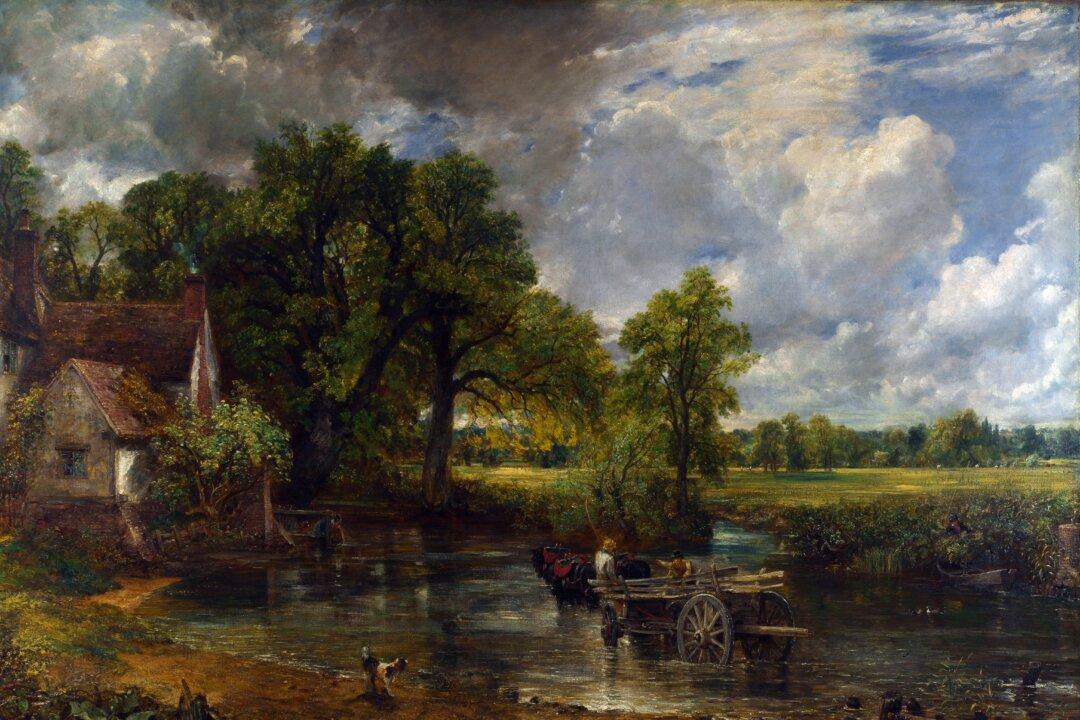There is a fascinating history behind the evolution and purpose of dollhouses. These miniature structures date back to late 1500s Europe, with the earliest known versions from Bavaria. Their original intention was not as toys for children’s play but rather as a kind of “wunderkammer,” or cabinet of curiosity. A way for wealthy women to show off their prosperity and taste, the dollhouses were literally stored in cabinets.
Dolls’ House of Petronella Oortman
One of the most significant historic dollhouses is preserved today in the Rijksmuseum, the national museum of the Netherlands. Its original owner, Petronella Oortman, was the wife of a wealthy Dutch silk merchant. She assembled the dollhouse between 1686 and 1710, spending a total of 30,000 florins, which would have been the same cost as an actual canal house in Amsterdam. Devoting both time and funds to assembling her dollhouse, Oortman also had it preserved on canvas by commissioning a painting from Jacob Appel in 1710.
Appel’s painting, also part of the Rijksmuseum’s collection, reveals a few elements that are now missing from the object. In the painting, one can see that the dollhouse originally featured protective yellow curtains with finial plumes over the exterior cabinet doors, which are made of veneered tortoiseshell and pewter inlays. When the curtains were closed, the structure would have resembled a four-poster bed.
Only one original doll remains: the baby in a cradle. Furthermore, the dollhouse once had a full garden with a working fountain. The mechanical pump for the fountain, along with the copper kitchen pump, are now lost, but these elements emphasize the realism of the dollhouse.

Queen Mary’s Dolls’ House
Similar to Oortman’s house, Queen Mary’s Dolls’ House is an extravagant 20th-century model intended for show, not play. The Royal Collection Trust (RCT) calls it “the largest and most famous dolls’ house in the world.” Currently on display at Windsor Castle, it was built for Queen Mary, the consort of the British King George V, as a gift from the nation.The queen was renowned for her adoration of small decorative objects. Her childhood friend and cousin of the king, Princess Marie Louise, thought to create a highly architectural dollhouse for her. The princess formed a committee to oversee its construction and to ensure the exactitude of scale and artisanship. RCT Senior Curator of Decorative Arts Kathryn Jones explains, “After the first World War … the committee was very aware of the fact that life was transient, and they wanted to create a record of Edwardian England.” They succeeded exceedingly in this goal.

The garden, still intact, was devised by Gertrude Jekyll, a groundbreaking horticulturist and garden designer who mentored and often collaborated with Lutyens. As with the interiors, the handmade flowers and trees are to scale. Based on Kew Gardens studies, they are breathtaking in their botanical accuracy.
Historic Decorative Arts

Taking inspiration from Queen Mary’s Dolls’ House, an ambitious personal project called the Thorne Rooms was undertaken in the United States to document primarily American and European historic decorative arts. These rooms were the brainchild of the American artist Narcissa Niblack Thorne. Having loved dollhouses since childhood, she conceived, designed, and oversaw a workshop of expert artisans in the 1920s through 1940. They crafted just under 100 intricate miniature rooms; Thorne carried out much of the work herself. The vignettes are on a scale of 1:12, and the majority—68 in total—are now a beloved part of the Art Institute of Chicago (AIC).
These rooms document interiors from the 13th to the early 20th century. A number of the rooms are replicas of real interiors, while others are highly accurate creations. Some feature tiny furniture objects and accessories that Thorne collected on travels abroad, but specific pieces were also custom-made. Her vision was that these immersive models would be displayed in museums so that the public could enjoy and understand period rooms without institutions needing to spend a lot of money or partition off swaths of gallery space to re-create historic interiors. In order for viewers to create their own imaginative narratives, Thorne did not include any human dolls. The AIC writes: “The result is two parts fantasy, one part history—each room a shoe box-sized stage set awaiting viewers’ characters and plots.”


In E-24: French salon of the Louis XVI Period, c. 1780, Thorne’s inspiration came from the neoclassical palace Petit Trianon on the grounds of Versailles, which is closely associated with Marie Antoinette. The queen loved music and nature, which is reflected in this Thorne Room. There is a chair with a harp-shaped back, and roses dominate the decoration. The furniture on view was purchased in Paris. Whimsically, the marble-topped secretary and marquetry commode can be locked with tiny keys.
E-10: English dining room of the Georgian Period, c. 1770-90, derives from two dining rooms designed by the preeminent neoclassical residential architect Robert Adam, whose style was characterized by harmony and elegance and heavily inspired by antiquity. Adam spurned the traditional look of wood paneling and wallpaper, preferring ornamental plaster carved in low relief and painted panels in a Roman style. These elements are visible in this dining room, along with Adam’s use of gilded furniture. The landscape painting at the right is in the style of Claude Lorrain, whose paintings inspired the development of the English landscape garden in this period.

All of these imaginative dollhouses were labors of love. Displayed now as works of art and used as educational tools, these miniatures showcase the craftsmanship, art, architecture, global trade, and society of their day while spreading joy and delight.





